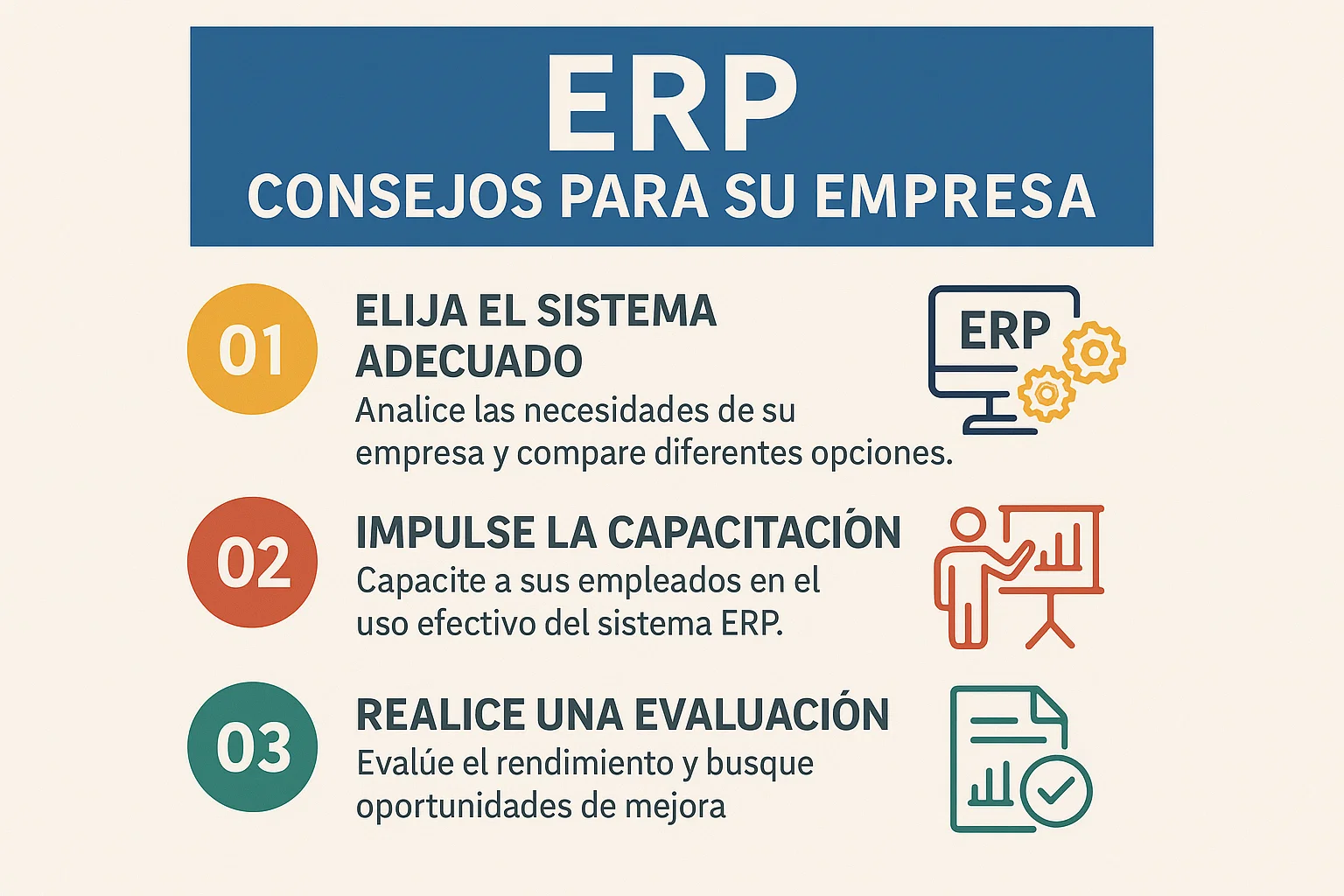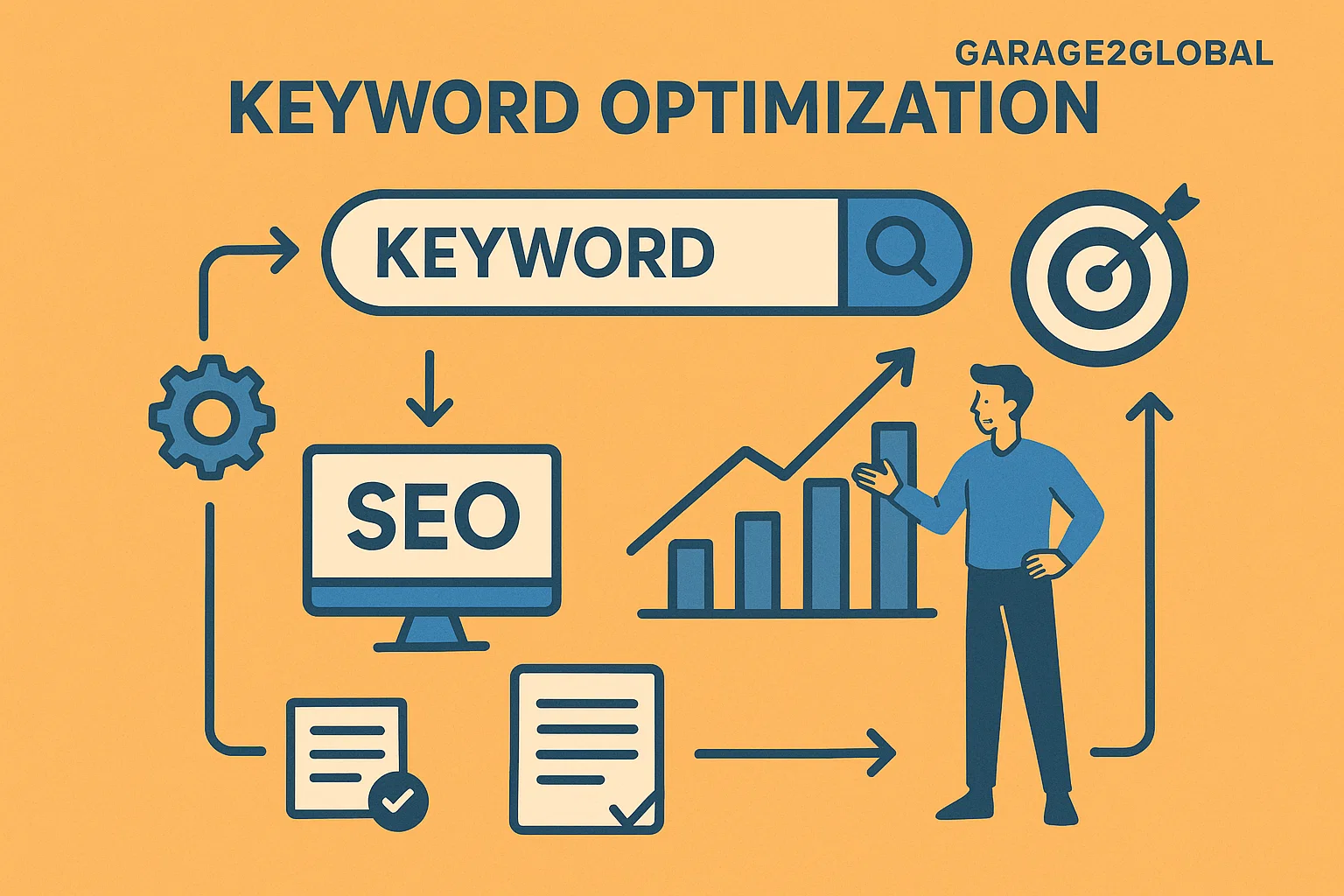In today’s fast-moving and technology-driven business world, companies are always looking for smarter ways to manage their operations. One of the most effective solutions is implementing an ERP (Enterprise Resource Planning) system. ERP systems integrate core business functions—such as finance, HR, inventory, supply chain, and customer relationship management—into a single platform.
But simply buying an ERP solution isn’t enough. Proper planning, execution, and training are critical to ensure it delivers the intended results. Below are some essential tips to help any organization successfully implement an ERP system.
1. Clearly Define Your Goals
Before starting the ERP process, your company needs to set clear goals. What do you want to improve? Is it faster reporting? Better inventory control? Smoother communication between departments?
Once your goals are defined, you can use them to select the right ERP features and measure your success after implementation. Having measurable KPIs will keep the project focused and effective.
2. Choose the Right ERP System
There are many ERP providers in the market. Some are better for manufacturing businesses, while others suit service-based companies. When choosing an ERP system, consider factors such as:
- Your company size
- Industry needs
- Budget
- Integration with current systems
- Cloud vs. on-premise options
Don’t rush this decision. Choosing the wrong system can lead to costly changes later.
3. Secure Top Management Support
An ERP project affects the entire organization. That’s why support from senior management is crucial. Leaders must understand the value of the ERP system and be involved in key decisions. Their support also helps motivate employees to embrace the new system.
4. Involve the Right People
Include team members from different departments in the planning phase. They understand the day-to-day challenges and can provide valuable input on how the ERP system should function.
Also, appoint a project manager to oversee the entire process. This person should coordinate communication, manage timelines, and make sure everyone stays on track.
5. Focus on Business Processes
Don’t just try to copy your old systems into the new ERP. Instead, take this opportunity to improve how your company operates. Analyze your existing processes and see where they can be simplified or automated.
Modern ERP systems are designed to handle efficient workflows, so it’s best to adapt your operations to best practices wherever possible.
6. Clean and Organize Your Data
A successful ERP system depends on clean, accurate data. Before transferring any data to the new system, review it carefully. Remove duplicates, correct errors, and standardize formats.
Starting with poor data will lead to problems later. Taking the time to clean your data now will save you a lot of trouble down the line.
7. Provide Proper Training
Even the best ERP system won’t help your company if your team doesn’t know how to use it. Training is one of the most important parts of ERP implementation.
Make sure that every department gets tailored training for the features they’ll be using. Also, offer refresher sessions and easy-to-understand manuals or videos.
8. Test Before Going Live
Before launching the ERP system across your entire company, test it in a smaller, controlled environment. This is often called a “pilot run.”
During testing, check for any bugs, performance issues, or workflow problems. It’s much easier to fix issues at this stage than after full rollout.
9. Roll Out in Phases
Rather than switching everything at once, consider implementing the ERP system in phases. For example, start with finance and inventory, and then move on to HR or customer service.
This gradual approach helps your team adjust to changes and reduces the risk of major disruptions.
10. Plan for Continuous Improvement
ERP implementation is not a one-time task. As your company grows and changes, your ERP system should evolve too. Regularly review performance, gather feedback from users, and look for areas to improve.
Updating and refining the system will ensure it continues to meet your needs in the long run.
Conclusion
ERP systems can transform how your business operates—bringing more efficiency, better decision-making, and faster growth. But success doesn’t happen automatically. It takes careful planning, collaboration, training, and ongoing effort to get the most out of your investment.
By following these ten tips, your organization can avoid common pitfalls and make your ERP implementation a smooth and successful journey. Whether you’re a small business or a large enterprise, the key is to stay focused, stay flexible, and stay committed to your long-term goals.










